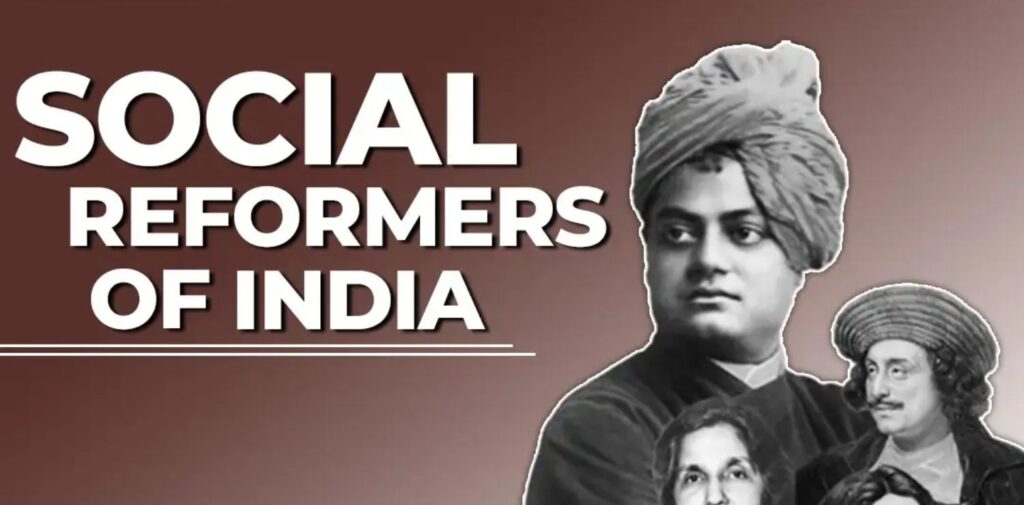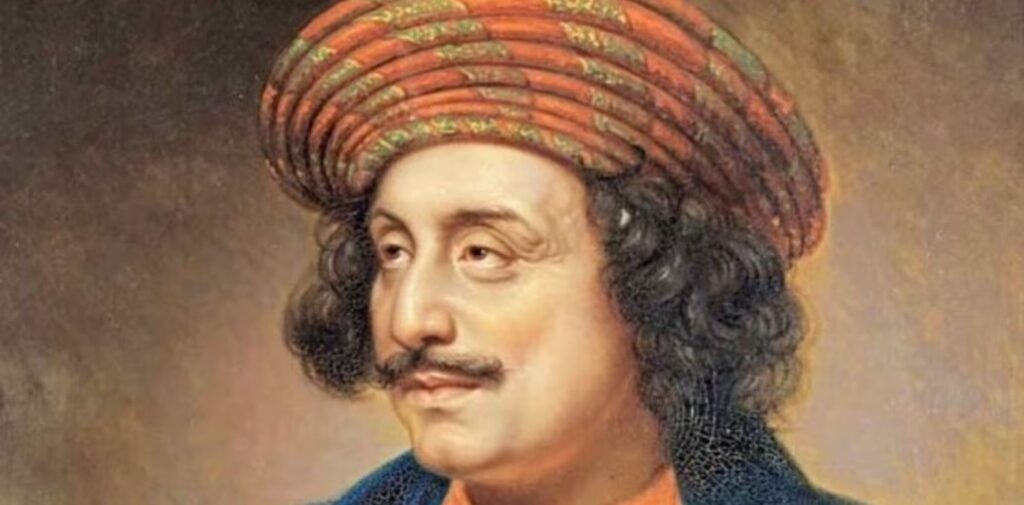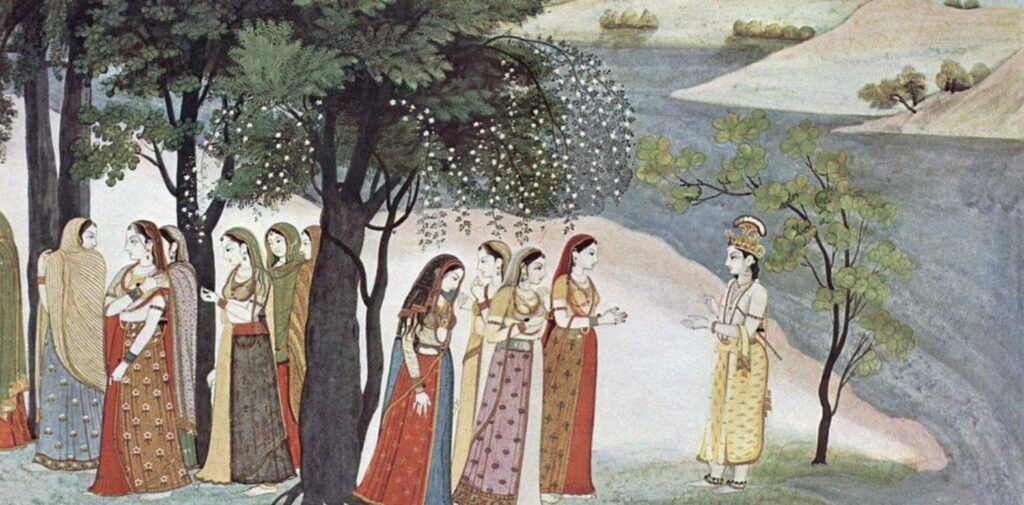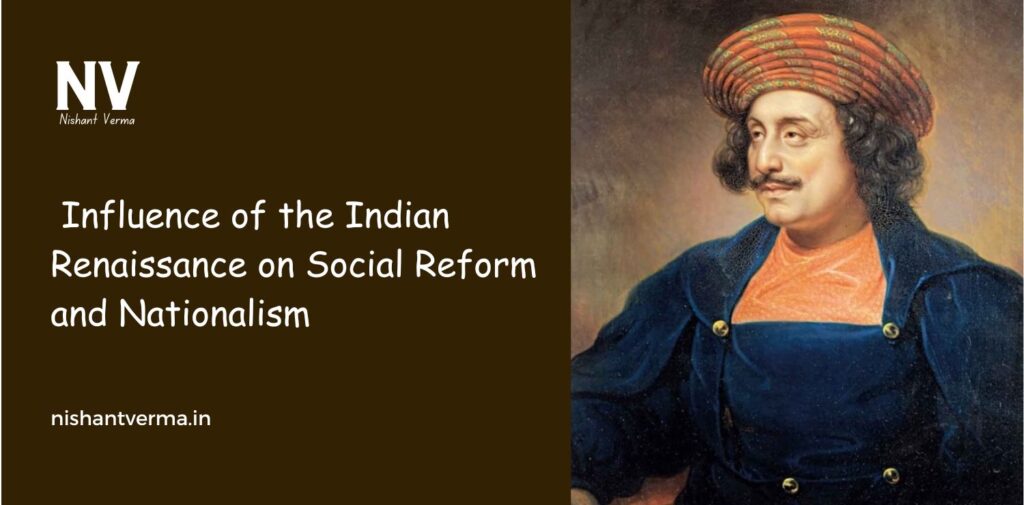India’s history is full of inspiring moments where people fought for justice, equality, and freedom. One of the most important periods in this journey was the Indian Renaissance, a time when there was a new birth of ideas, learning, and change in Indian society. It started in the 19th century and was a time when many thinkers, social reformers, and leaders tried to modernize India, challenge old customs, and fight against British rule. This period had a deep impact on social reform and nationalism in India. In this article, we will learn about how the Indian Renaissance influenced social reforms and helped inspire the movement for Indian freedom.
What Was the Indian Renaissance?
The Indian Renaissance was a time of great change and new ideas that took place mainly in the 19th century. During this time, many Indian thinkers, writers, and reformers began to question old traditions, customs, and practices that they felt were not useful anymore. They believed that India needed to move forward and adapt to the new world without forgetting its rich culture and history.
The Indian Renaissance was influenced by the ideas coming from the West, especially during British rule. But these thinkers and reformers did not just blindly follow Western ideas—they wanted to blend the best of both the Indian and Western worlds to create a modern India that was strong, equal, and free.

The Role of Social Reform in the Indian Renaissance
One of the most important aspects of the Indian Renaissance was social reform. Many thinkers and leaders realized that certain social practices in India were harmful and needed to be changed. These reforms focused on improving the lives of people, especially women, the poor, and those who were discriminated against.
- End of Sati (Widow Burning): One of the most important reforms during the Indian Renaissance was the abolition of Sati, a practice where widows were forced or chose to burn themselves on their husband’s funeral pyre. This was a terrible custom that caused a lot of suffering to women. The famous social reformer Raja Ram Mohan Roy was a strong voice against this practice. He worked hard to convince the British government to ban it, and in 1829, the British officially banned Sati. This was a huge victory for women’s rights in India and marked the beginning of many more social reforms.
- Education for Women: During the Indian Renaissance, people also began to realize the importance of education for everyone, including women. Iswar Chandra Vidyasagar, another great reformer, worked to spread education for girls and women. He was a key figure in the campaign to establish schools for girls and promote women’s rights. His efforts helped change the way society viewed women’s education, and it laid the foundation for future movements that would demand equality for women.
- End of Child Marriage: Another important reform was the fight against child marriage. In India, it was common for girls to be married at a very young age, sometimes even before they reached puberty. Reformers like Ishwar Chandra Vidyasagar and Mahatma Jyotirao Phule worked to raise awareness about the harmful effects of child marriage and pushed for legal reforms to stop it. In 1860, the British government passed the Age of Consent Act, which set the minimum age for marriage for girls at 12 years, and later, this age was raised further. This was an important victory in the fight for children’s rights.

The Influence of the Indian Renaissance on Nationalism
The Indian Renaissance was not only about social reforms but also about creating a sense of nationalism—a feeling of pride and love for one’s country. During this period, many thinkers and leaders began to believe that India could be a strong and independent nation. They felt that to achieve this, India had to move away from the old ways and adopt modern ideas that would help India become equal to the Western nations.
- Raja Ram Mohan Roy’s Vision for India: Raja Ram Mohan Roy was not only a social reformer but also one of the first leaders to realize the importance of nationalism. He believed that India could be a strong nation if it embraced modern ideas and education while keeping its spiritual and cultural roots intact. He advocated for the unity of India’s diverse people and promoted a sense of national pride. His work influenced future leaders like Swami Vivekananda and Rabindranath Tagore, who further spread the idea of nationalism and national unity.
- The Rise of Indian National Congress: The Indian Renaissance helped inspire the formation of the Indian National Congress (INC) in 1885, which became the leading organization in the struggle for India’s freedom. The INC’s early leaders were influenced by the ideas of social reformers from the Indian Renaissance. They believed that India needed to unite and fight against British colonial rule to gain freedom and independence.
- Swami Vivekananda and Nationalism: One of the most powerful voices of the Indian Renaissance was Swami Vivekananda, who inspired millions with his teachings about self-reliance, national pride, and spirituality. Swami Vivekananda believed that India had a rich and ancient culture, but it was also important to adopt modern ideas to strengthen the country. He encouraged Indians to take pride in their heritage but also to embrace science, education, and rational thinking. His famous speech at the Parliament of World Religions in Chicago (1893) was a call to Indians to rise and lead the world with a spirit of unity and strength.
- Rabindranath Tagore’s Contribution: Rabindranath Tagore, one of India’s greatest poets and thinkers, was also deeply influenced by the Indian Renaissance. He believed in the idea of nationalism that was rooted in Indian culture and spirituality, yet he also wanted India to embrace global ideas of peace, education, and progress. Tagore’s works, including his poetry and songs, inspired many Indians to feel proud of their country and to join the movement for freedom. His famous song “Jana Gana Mana” became the national anthem of India after independence.

Influence on Modernizing Indian Society
The Indian Renaissance helped bring about changes in how Indians saw themselves and their society. It encouraged people to think critically about the traditions that held them back and to look for ways to modernize without losing their identity.
- Scientific Thinking and Rationalism: Reformers of the Indian Renaissance encouraged people to think scientifically and rationally. They wanted to break free from superstitions and false beliefs that had been passed down for generations. They believed that science, reason, and education would help India grow and progress.
- Cultural Reawakening: During the Indian Renaissance, there was also a revival of interest in Indian culture, literature, and art. People began to look back at the rich history of India and its great achievements in science, literature, and philosophy. This created a sense of pride in Indian culture and helped people realize the potential of their country to be strong and modern.
- Rise of Indian Literature and Arts: The period saw the rise of modern Indian literature, including the works of Rabindranath Tagore, Bankim Chandra Chattopadhyay, and Mahatma Gandhi, who wrote books and songs that inspired the Indian people. The use of literature and art became an important tool for spreading ideas of nationalism and social reform. Writers and artists played a key role in inspiring the masses to fight for a better future.
Conclusion
The Indian Renaissance was a turning point in India’s history. It brought a wave of new ideas that changed Indian society in many ways. Through the efforts of reformers like Raja Ram Mohan Roy, Ishwar Chandra Vidyasagar, Swami Vivekananda, and Rabindranath Tagore, the Renaissance not only pushed for social reforms like the end of Sati, education for women, and the fight against child marriage but also inspired a strong sense of nationalism.
The Indian Renaissance made people realize that to fight for freedom, India had to be united, modern, and proud of its heritage. The ideas that grew from this period helped shape India’s future and laid the foundation for the Indian freedom struggle, which eventually led to independence from British rule in 1947.
Today, when we look back at the Indian Renaissance, we see how powerful ideas can be. It reminds us that change is possible when people come together, challenge old ideas, and work for a better future. The Indian Renaissance will always be remembered as a time when India woke up to its true potential, both socially and nationally.




